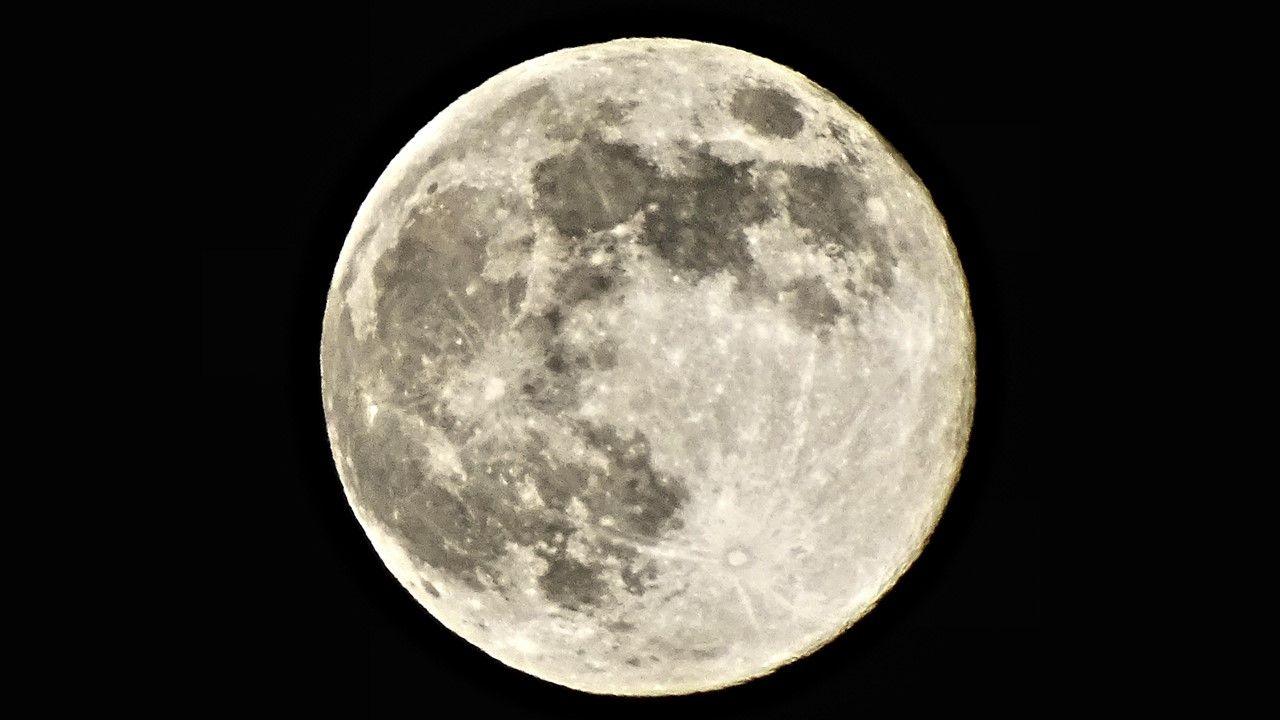How to see the January Wolf Moon beside Mars in the night sky

-
Published
The first full moon of 2025 – known as the Wolf Moon – will brighten the night sky alongside Mars on Monday 13 January.
Skygazers will be treated to a spectacular show as the planets appear to be close together in the night sky, an event known as a conjunction.
In parts of the Americas and Africa, the Moon will eventually hide the red planet completely for about an hour.
What is the forecast for the full Moon?
The first full Moon of the new year rises just before 17:30 GMT on Monday and it could be visible through to Wednesday morning.
The cold and frosty nights we have seen recently will start to disappear as milder Atlantic air moves in. However, this also means a fair amount of cloud is expected for many parts of the UK, which is likely to obscure the view of this celestial show at times.
A weather front will move across Scotland on Monday, stalling across northern England on Monday night, bringing some patchy light rain and drizzle for central parts of the country. However, skies will clear behind it, giving better viewing conditions especially across eastern Scotland and later for Northern Ireland.
There could also be cloud-free skies across parts of central southern, south-east England and East Anglia on Monday night but with a risk of some mist or fog patches forming.
Cloud obscured the Wolf Moon for some last year
Why is it called the Wolf Moon?
Full Moons are given names that reflect what is happening in nature during the different months of the year.
The Old Farmer’s Almanac publication began printing full Moon names back in the 1930s.
January’s full Moon apparently became known as the Wolf Moon because wolves were more likely to be active at this time of year, so their howling could be heard more often in January.
It is sometimes also called the Ice Moon or Old Moon.
Look for the Moon towards the south-east as midnight approaches on Monday
What other celestial events are happening in 2025?
Skygazers were treated to four consecutive supermoons in 2024 and there will be three in 2025.
The first, known as the Hunter’s Moon, will take place on 7 October. The Beaver Moon follows on 5 November and the Cold Moon on 4 December.
Before that, at the end of March, there will be the opportunity to witness a partial solar eclipse.
-
-
Published1 January
-
-
-
Published20 September 2021
-






